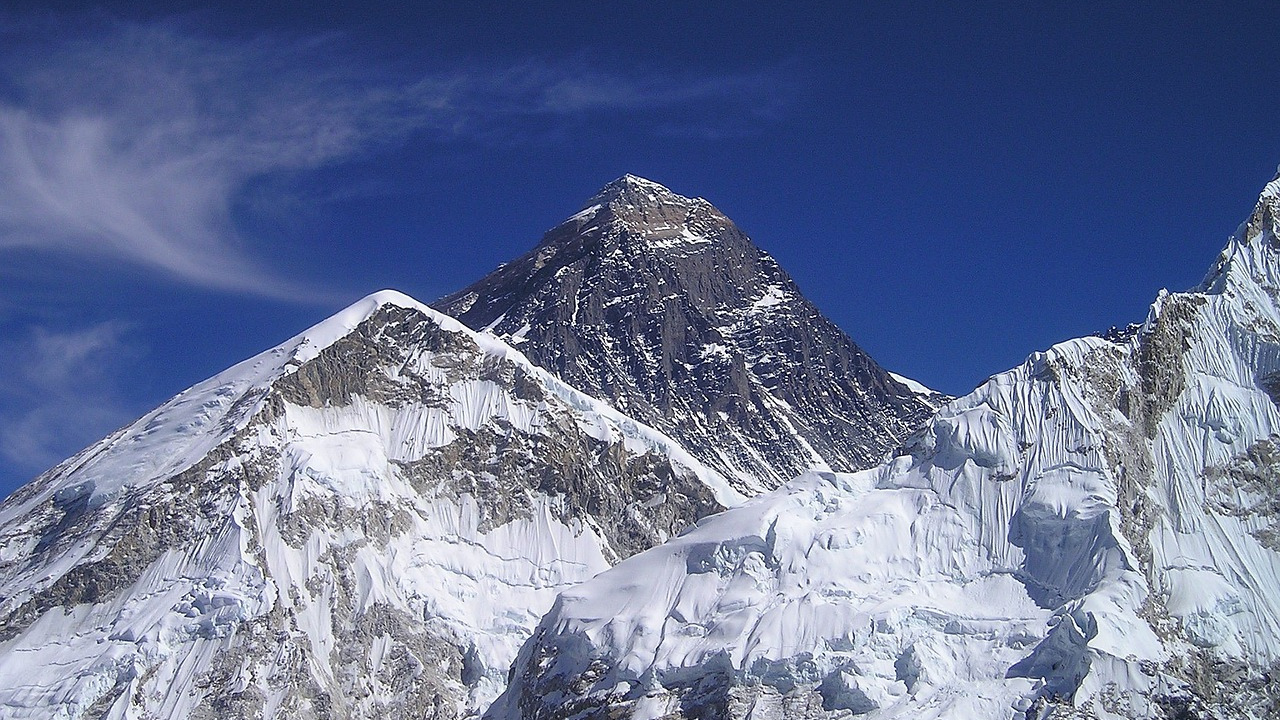
Pre-reading questions:
I will read each question. Then, please answer them.
講師がそれぞれの質問を読むので答えましょう。
- Have you ever climbed a mountain?
- Would you like to climb the tallest mountain in the world?
Vocabulary:
I will read the words, meanings, and sample sentences. Then, repeat after me.
単語、意味、例文を読みます。講師に続いて音読しましょう。
- stand /stand/
- ago /uh-GOH/
- result /ri-ZUHLT/
- similar /SIM-uh-ler/
- nature /NEY-cher/
[verb] – to be in an upright position
The statue stands in the park as a tribute to the local heroes.
[adverb] – at a time in the past
I finished my homework two hours ago.
[verb] – to occur as a consequence or effect
The heavy rain resulted in flooding across the city.
[adjective] – looking or being almost, but not exactly, the same
Her dress is similar to the one I wore last year.
[noun] – the inherent qualities, characteristics, or essence of something
He enjoys studying the nature of different animal species in their natural habitats.
Article reading:
Please read the whole article. Then, I will check your pronunciation and intonation.
記事を音読しましょう。講師はあなたの発音とイントネーションを確認します。
Mount Everest, the tallest mountain in the world, stands about 5.5 miles (8.85 km) above sea level and continues to grow. This growth has been occurring for about 50 million years, beginning when the Indian subcontinent collided with the Eurasian plate. Recent studies indicate that Everest’s height has increased by roughly 49-164 feet (15-50 meters) due to changes in nearby river systems, especially from the merging of the Kosi and Arun rivers around 89,000 years ago. This merger has resulted in a yearly uplift of about 0.01 to 0.02 inches (0.2 to 0.5 millimeters). One key factor in this uplift is called isostatic rebound. When erosion removes weight from the Earth’s crust, the land rises, similar to a boat floating higher when it loses cargo. Researchers estimate that isostatic rebound accounts for about 10% of Everest’s annual uplift. Other mountains nearby, such as Lhotse and Makalu, also experience similar changes. GPS data confirms that the Himalayas are still rising, showing that geological changes are greater than the erosion caused by wind and rain. Geoscientist Jin-Gen Dai emphasizes that this ongoing transformation of Mount Everest highlights the dynamic nature of the planet.
True or False:
Read the sentences and identify if they are true or false based on the article.
文章を読んで、記事に基づいて正誤を答えましょう。
- Mount Everest is the tallest mountain in the world.
- Mount Everest’s height has decreased over the years.
- The Kosi and Arun rivers merged around 89,000 years ago.
- Mount Everest has been growing for about 5 million years.
- Erosion has a greater impact on the Himalayas than geological changes.
Fill in the blanks:
Choose the correct word from the table, then fill in the blanks.
適切な言葉を選んで空欄を埋めましょう。
| stand | ago | resulted | similar | nature |
- We visited that museum a year __________.
- The changing migration patterns of birds reflect the adaptive __________ of wildlife.
- The tree will ___________ tall for many years if it is well cared for.
- Plants absorb sunlight for energy, __________ to solar panels.
- The new policy __________ in better working conditions for employees.